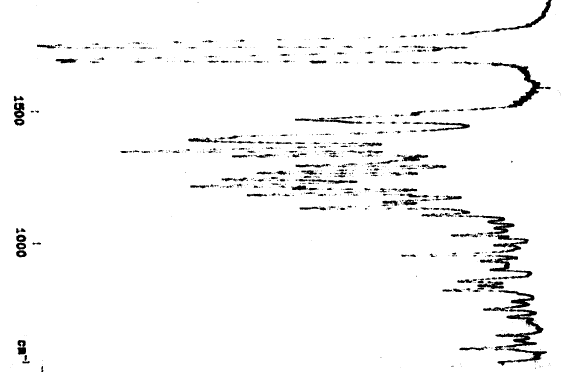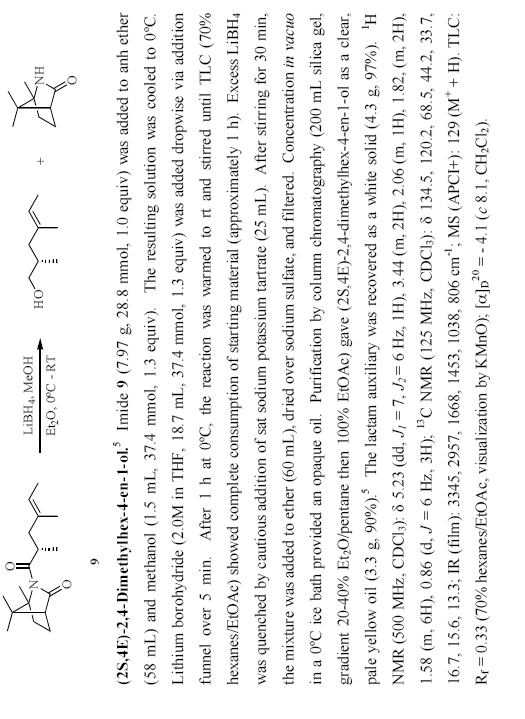After my post on the “tragedy of the lurkers” I thought I would raise it on the Open Knowledge Foundation Mailing list. The OKFN is the creation of Rufus Pollock – one of the advantages of living in Cambridge is that it is easy to meet people from many disciplines. Rufus also set up the CB2 cafe meetings I posted about…
The Open Knowledge Foundation exists to address these challenges by promoting the openness of knowledge in all its forms, in the belief that freer access to information will have far-reaching social and commercial benefits. In particular, we
- Promote the idea of open knowledge, for example by running a series of forums.
- Instigate and support projects related to the creation and distribution of open knowledge.
- Campaign against restrictions, both legal and non-legal, on open knowledge.
So I posted a request to see whether there was any economic theory about the problem of lurking around the anticommons. Rufus replied:
iii) (under-provision): under-provision of a good (be it rival or nonrival). This will usually be due to the free-rider problem, which arises from imperfect excludability (and imperfect information). Here the issue is that because it will be possible to benefit from the good without contributing to its production some people will try to 'free-ride'. Item (iii) is the classic justification for creating monopoly rights in knowledge (Intellectual Property). By giving out the right to exclude (the monopoly) the aim is to force those who would otherwise free-ride to contribute to the production of the good. Of course in doing so one incurs two costs: 1. 'under-use' of the good (some people will be excluded who shouldn't be -- the good after is nonrival so everyone should it is optimal for everyone to get access to it) 2. 'under-production' as a result of item (ii) -- reuse is reduced below the optimum The issue of 'lurkers' that you discuss falls firmly into category (iii). 'Lurkers' after all are those who use the knowledge you've created without contributing back. Whether this constitutes a tragedy is difficult to say. Of course it would be better if more of these people contributed to the projects they used -- and the lack of contribution may well be resulting in 'under-production'. However in trying to do anything about this one is caught in the classic dilemma: in trying to exclude people (or force them to contribute more) one will reduce usage and perhaps prevent the full reuse of one's work (and you'll almost certainly reduce the contributions of those who currently *aren't* lurking). Nevertheless there is nothing to prevent you exhorting those 'lurkers' to do more (and particularly where we are talking about 'Big Pharma' perhaps getting out their cheque books ...)
All of which makes good sense. So no magic remedy from economic theory, but a good indication we are on the right track… There are subsequent posts…
This afternoon at Science Commons we had an impressive and in-depth analysis from Paul David which re-emphasised the problem of the anticommons. If any economist wants an example of the worst possible anticommons scenario to study then chemical publications, information and software is a very good place to start. Nonetheless we are starting to see cracks…
P.


